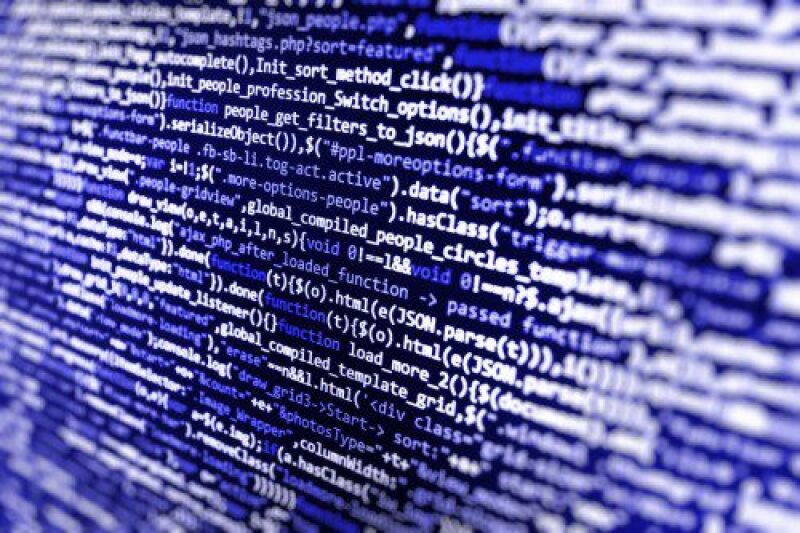The future is here; a machine can learn games and beat the world’s best players. What a fascinating time we are living in—Industrial Revolution 4.0.
In December 2017, news broke that AlphaZero decisively beat the world’s best players in chess after its older sibling, AlphaGo, defeated the world champions in the ancient game of go a couple of years earlier. These games have been won by machine learning and artificial intelligence.
What effects will Industrial Revolution 4.0 have on the upstream oil and gas business in general and petrophysics in particular? We should see more intelligence and automation in measurements, processes, work flows, and operations, which should result in more-consistent results, better-quality answer products, and less nonproductive time (i.e., improved quality, efficiency, and productivity with less cost).
Historically, petrophysics is based on physical principles or empirical relationships, as illustrated in paper SPE 191296 on predicting crude-oil viscosity. With Industrial Revolution 4.0, a new era in petrophysics has begun. The logging tools are smarter (as demonstrated in paper SPE 190062 dealing with environmental corrections to some of the deliverables of pulsed-neutron logs that can be performed automatically). And the operational and data-interpretation work flows are more automated (as shown in paper SPE 187040, which details formation testing and sampling jobs that can be done semiautomatically through standardizing terminologies, measurement uncertainties, and data quality-control criteria).
In playing games such as go and chess, machines learn on the basis of man-made game rules. In petrophysics, rules are often data-driven, so data quality becomes critically important. It is always true that having bad data is worse than having no data.
Density, representativeness, and coverage are other parameters of the data besides data quality that are required for data-driven petrophysics.
This Month's Technical Papers
Correlation Approach Predicts Viscosity of Crude-Oil Systems Offshore Norway
Pulsed-Neutron Comparison of Open- and Casedhole Wells: An Alaskan Case Study
New Automated Work Flows Enhance Formation Evaluation
Recommended Additional Reading
SPE 189807 Characterization of Reservoir Quality in Tight Rocks Using Drill Cuttings: Examples From the Montney Formation, Alberta, Canada by A. Ghanizadeh, University of Calgary, et al.
SPE 188804 Low-Resistivity Pay Identification in Lower Cretaceous Carbonates, Onshore UAE by J.L. Ruiz, ADCO, et al.
SPE 187371 Saturation Mapping in the Interwell Reservoir Volume: A New Technology Breakthrough by Alberto F. Marsala, Saudi Aramco, et al.


